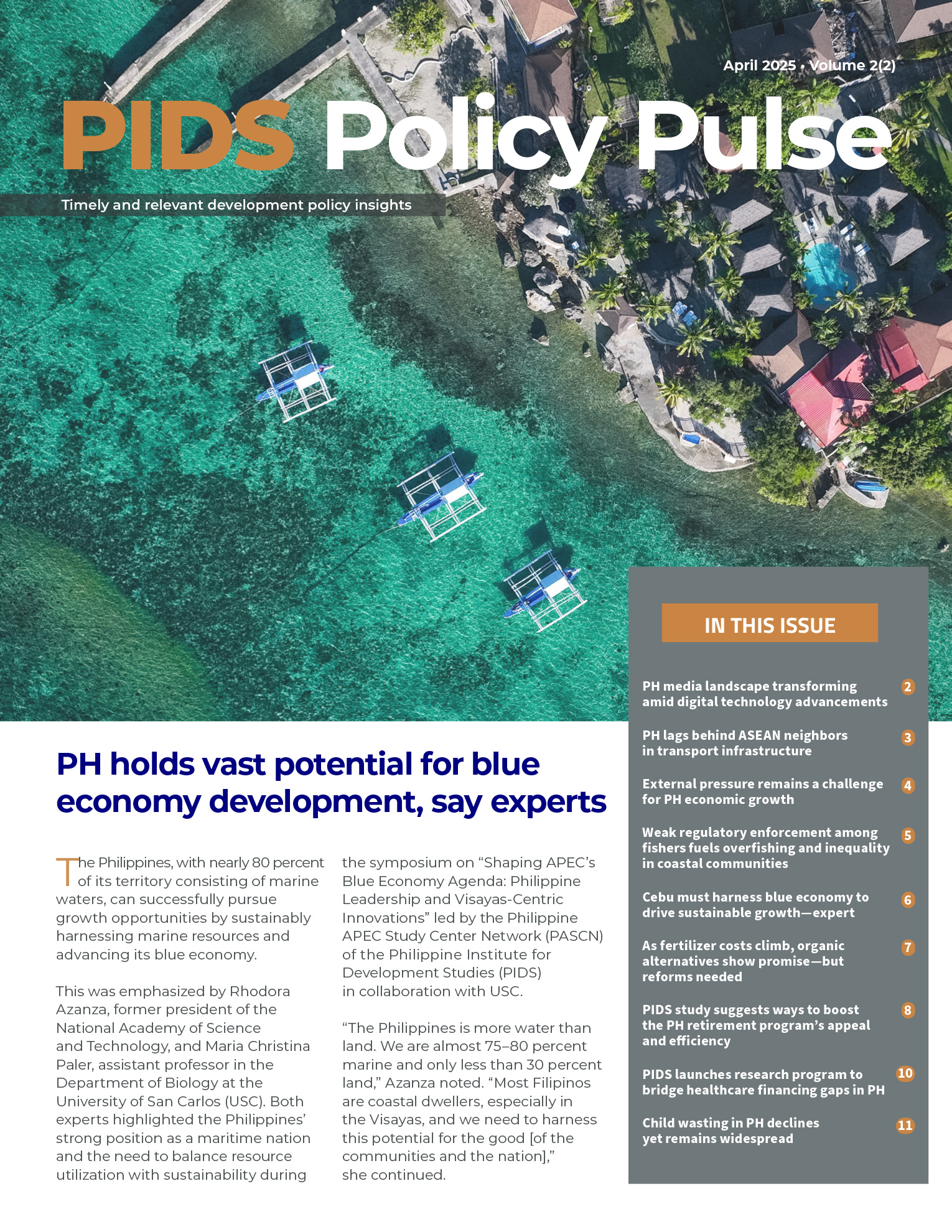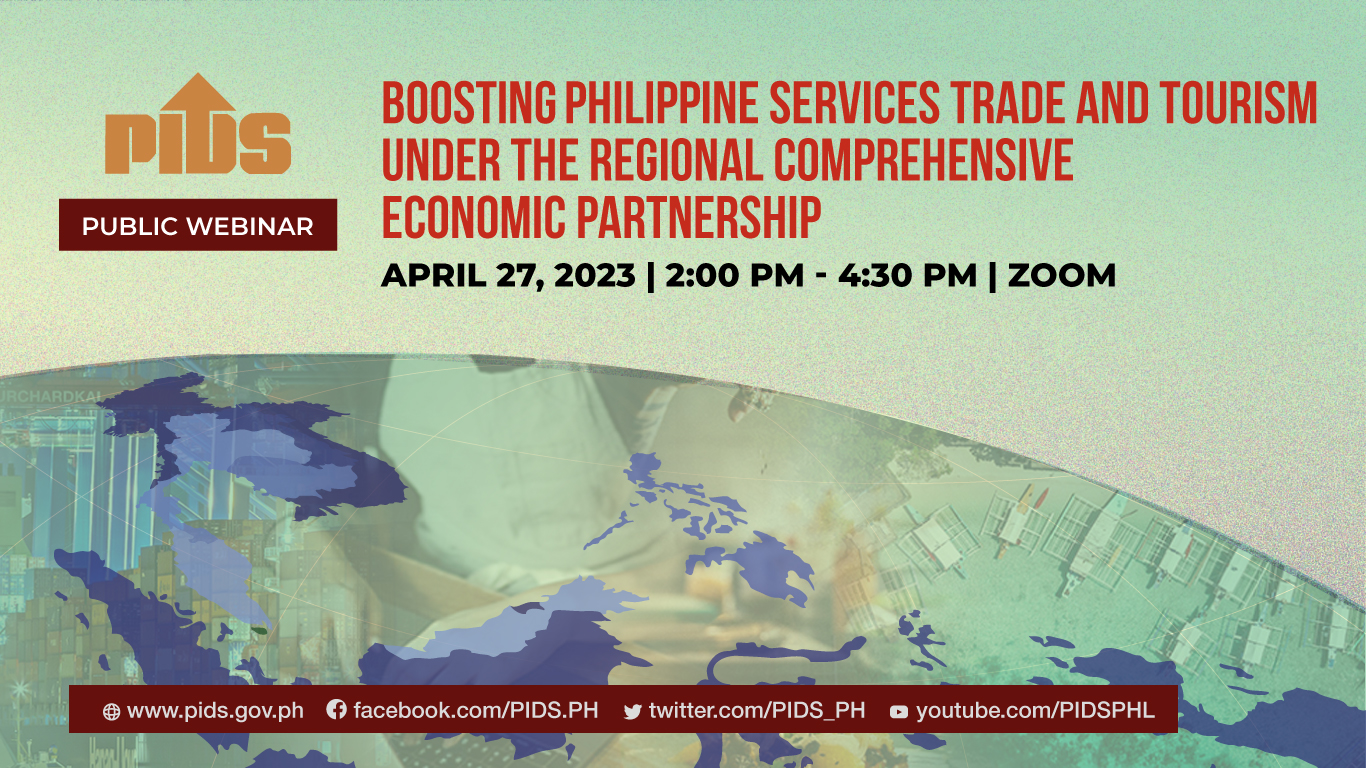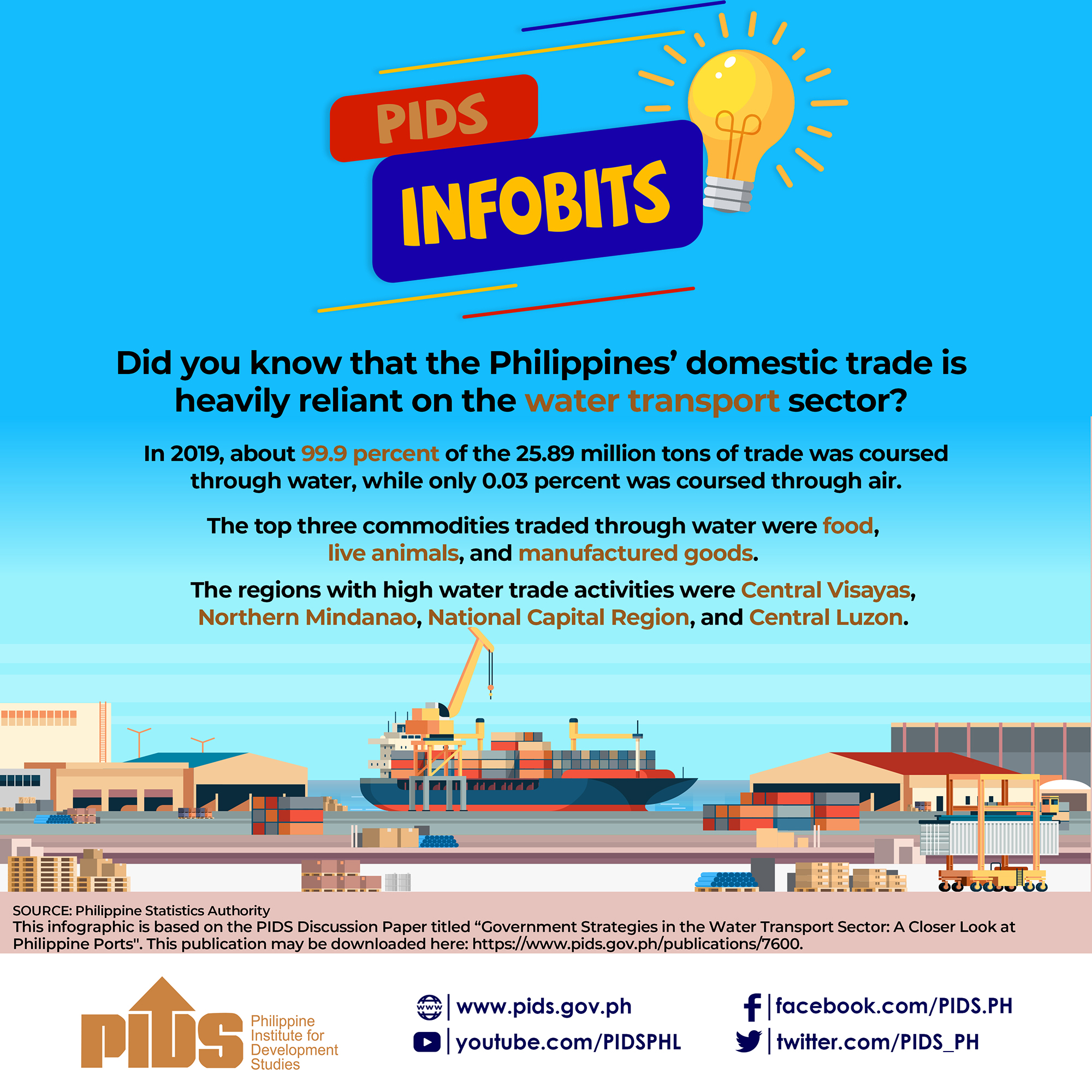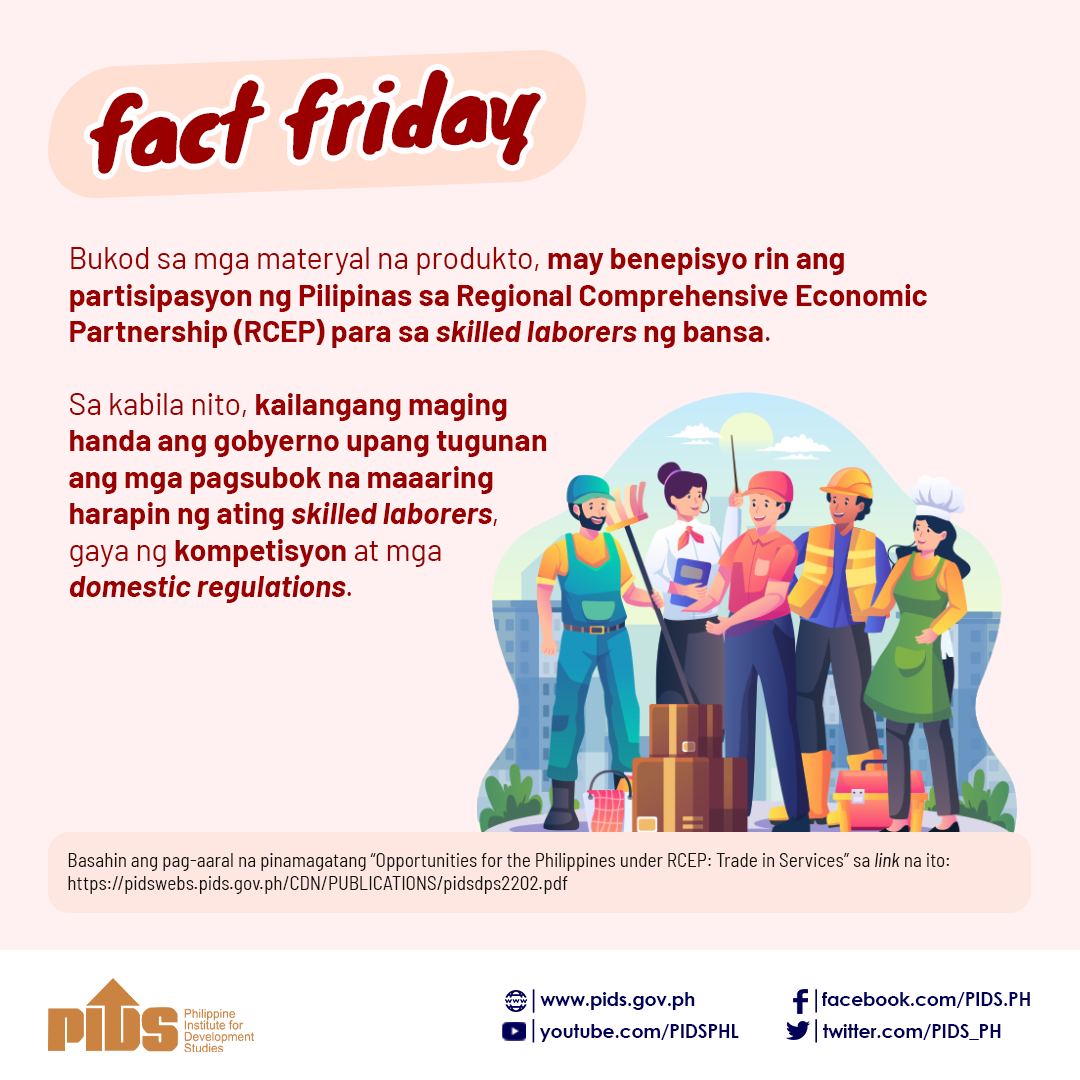THE upcoming integration of the Association of Southeast Asian Nations (Asean) Economic Community (AEC) in 2015 provides vast opportunities for the Philippines in terms of trade and industry, but infrastructure bottlenecks in the country must be addressed first.
The government and private sector were urged to fully exploit the immense business opportunities that the AEC offers – a statement underscored in a regional forum on the AEC organized by the National Economic and Development Authority (NEDA) Regional Office 9 with the participation of state think-tank Philippine Institute for Development Studies (PIDS) and the Department of Trade and Industry (DTI) regional office in Zamboanga City,
Stressing the need to do more to take advantage of the opportunities from AEC, PIDS Senior Research Fellow Erlinda Medalla said the AEC does not only reduce tariffs but also promotes trade facilitation.
Medalla said the AEC commits the country to implement reforms on customs modernizations and the establishment of a national single window and an Asean Single Window.
"National single window is a single submission and accelerated processing of applications of licenses, permits, and other authorizations required prior to undertaking a trade transaction, while the Asean Single Window is a regional initiative that integrates the national single windows of Asean countries,” she said.
Medalla noted that a national single window will speed up data processing and cargo clearance procedures, and will have positive impact on the cost of doing business, not just for large industries but also for micro, small, and medium enterprises.
The PIDS research fellow added the country needs to step up in educating and informing the public about the benefits of the coming integration.
"There is a need for greater information and education campaign to help small and
medium enterprises get linked to the supply chain and receive support from all sectors. An agro-industry roadmap would also be a great help,” she said.
Meanwhile, Senen Perlada, director of Export Marketing Bureau of DTI, said the Asean integration in 2015 would also create vast trading opportunities for the Philippines.
"We should not limit our markets only to 100 million Filipinos considering that Asean has a combined gross domestic product [GDP] of $2.4 trillion as of 2013. About 67 million households in the Asean are now part of the consuming class,” he said.
The DTI official also said that the country should also take advantage of the Halal market as well the food, logistics, and banking industry.
Perlada also urged the country to engage in free trade agreements (FTAs) to maintain its competitiveness and promote cross-border complementation, emphasizing that it is necessary to maximize the benefits made available by FTAs to exporters.
However, infrastructure development in the country remains a major hindrance to the country’s development amid the planned regional integration.
According to PIDS Senior Research Fellow Adoracion Navarro, the Philippines is the third lowest in overall quality of infrastructure in the Asean region based on the Global Competitiveness Report 2013-2014.
To fully take advantage of the opportunities of an integrated Asean, investments in infrastructure are needed particularly in the aviation industry.
Critical investments in airport infrastructure facilities and air navigation system are needed to address congestion in airport terminals, Navarro said.
"NAIA 1 (Ninoy Aquino International Airport Terminal 1) served 7.5 million passengers in 2012, but its capacity is only 5.5 million passengers,” she said, emphasizing that it is necessary to boost infrastructure spending to 5 percent of GDP by 2016.//
AEC offers trade opportunities but infra bottleneck remains












